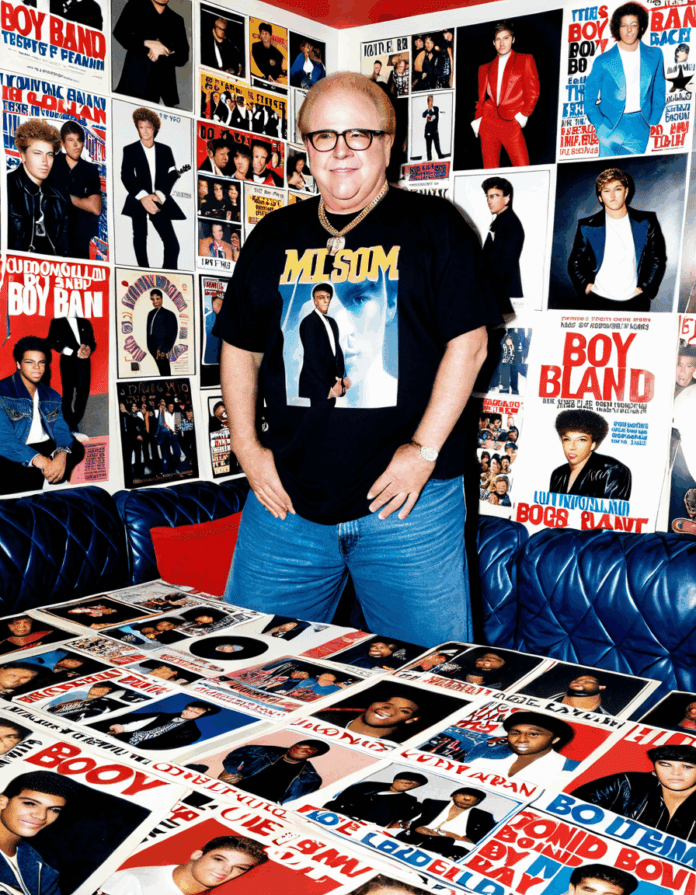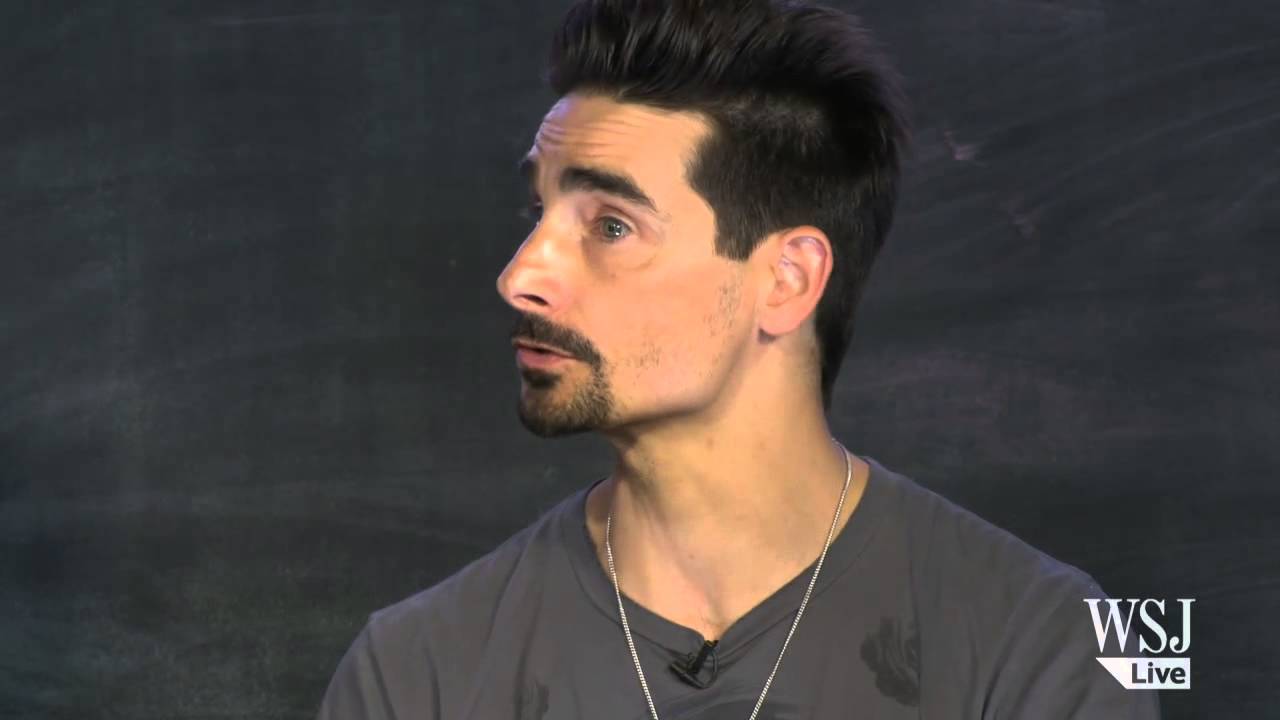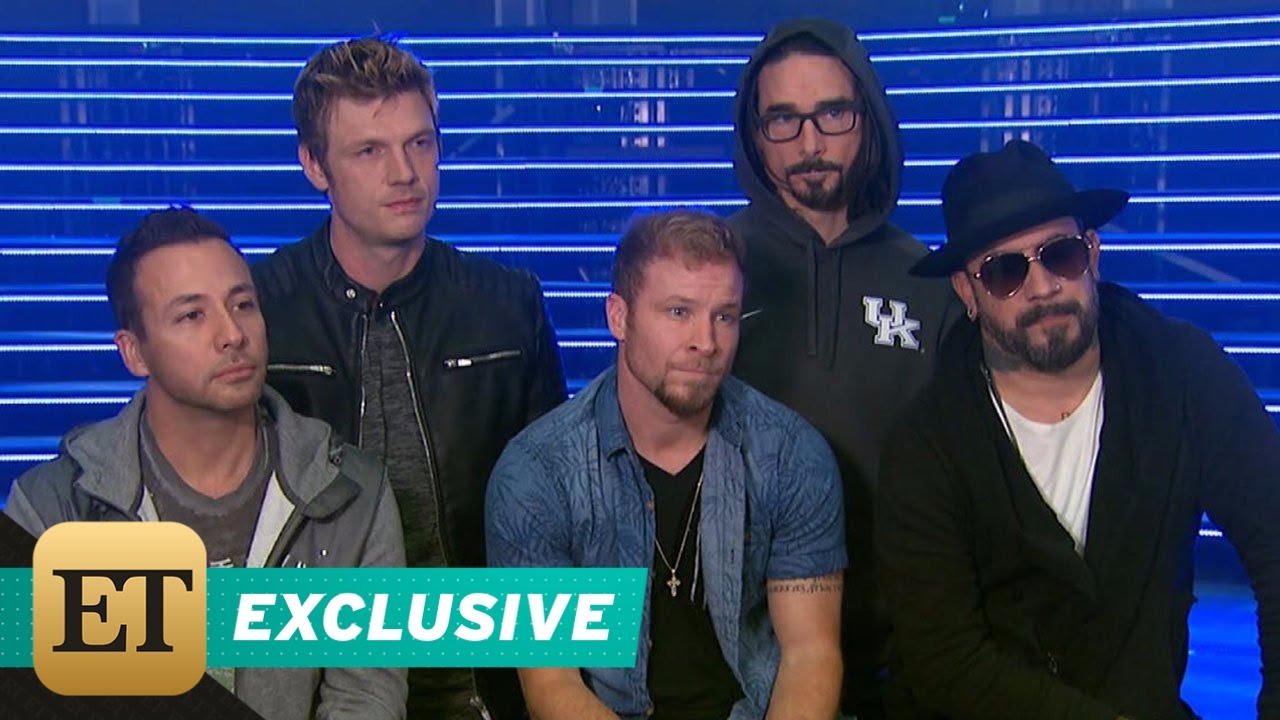Lou Pearlman emerged as a pivotal figure in the late 20th century, revolutionizing the music industry by creating some of the most iconic boy bands of our time. His foresight allowed him to recognize the commercial potential of teen pop, capturing the hearts of millions worldwide. Notably responsible for the formation of Backstreet Boys and *NSYNC, Pearlman utilized his marketing prowess to craft their public images and sound, ultimately shaping the pop music landscape of the 1990s and early 2000s.
As Pearlman established his unique brand of talent management, he created a lasting influence that not only defined a generation but shifted how the music business interacts with youth culture. His innovative vision and ability to network effectively set the stage for an entertainment frenzy that captivated fans globally. In an era before social media amplified celebrity status, Pearlman managed to cultivate a following that engaged through physical records, concerts, and merchandise, showcasing the power of branding in music.
However, Pearlman’s story is not just about triumph. It intertwines the glitz and glam of pop stardom with the shadows of controversy and legal challenges. From the heights of fame to the lows of financial ruin, Lou Pearlman’s journey invites a deep dive into both the magic and the pitfalls of the entertainment industry.
Top 7 Boy Bands Created or Influenced by Lou Pearlman
Pearlman’s influence extended beyond just formation; it laid the groundwork for a musical subculture that continues to resonate today. Here are seven boy bands that illustrate Pearlman’s reach in teen pop:

The Controversial Legacy of Lou Pearlman
Lou Pearlman’s career was fraught with controversy. His celebrated management practices eventually drew scrutiny, particularly concerning financial management. Allegations of financial fraud culminated in a high-profile bankruptcy case that left many artists, including those he managed, feeling exploited.
The juxtaposition of his contributions to music against his dubious business practices invites a nuanced discussion about the darker sides of fame. For instance, many of the artists he promoted found themselves grappling with financial instability as their names and images were tied to Pearlman’s schemes. His ability to spot talent did not exempt him from poor ethics.
The rise and fall of Pearlman also serves as a case study in the complexities of the entertainment business. His high-profile legal issues, while destructive, presented an opportunity for artists to reclaim agency in management contracts and push for greater transparency.
Lou Pearlman vs. Jerry Trainor: A Dialogue of Entertainment Innovation
While Pearlman was synonymous with boy band development, Jerry Trainor, well-known for his role in Nickelodeon’s “iCarly,” represents a parallel evolution in entertainment. Trainor’s career illustrates the crossover of acting and music, highlighting how entertainers today seek to branch out beyond their original craft.
Whereas Pearlman meticulously engineered boy bands, Trainor’s ventures display a creative versatility that engages different fan bases. This blending of entertainment mediums reflects broader trends in audience engagement—where fans desire multifaceted talent, often looking for familiar faces in various formats.
As audiences consume entertainment through social media and streaming platforms, the cross-pollination of interests becomes pivotal. The effectiveness of promotions, such as collaborations with brands like Duane Reade, speaks to how entertainment is evolving, building engagement where interconnectedness thrives.

The Modern Boy Band Landscape: Echoes of Lou Pearlman
Where does the music landscape stand in 2026? The influence of Pearlman is palpable in contemporary acts like BTS and One Direction, who echo the formula he honed, albeit with modern twists. Boy bands now blend genres and styles in a refreshing manner, showcasing the evolution of pop in scope and reach.
Today’s groups explore global influences and interact with their audience in ways that Pearlman could only dream of in the ‘90s. Social media platforms, particularly TikTok and Instagram, enable boy bands to cultivate direct relationships with their fans. This interactive approach reflects Pearlman’s foundational blueprint but evolves it for a new generation.
Moreover, the global perspective on boy bands today has broadened, with acts incorporating diverse cultural cues into their sound and image. The impact of Pearlman can still be felt as new acts navigate the marketplace, learning from the lessons of past successes and failures.
The Role of Brands in Boy Band Marketing: From Duane Reade to Merchandise Deals
Marketing has dramatically shifted since Pearlman’s heyday, where boy bands now collaborate with a myriad of brands to sharpen their visibility. Partnerships with retail giants like Duane Reade serve as prime examples of how boy bands can capitalize on marketing strategies that were mere aspirations during Pearlman’s time.
As bands unveil merchandise deals across multiple platforms, fans engage not just with music but also with a lifestyle curated around their favorites. This all-encompassing branding phenomenon magnifies the symbiotic relationship between artists and their fan communities, driving loyalty and excitement.
At the same time, traditional marketing territories are being redefined. Advertisers leverage data analytics to predict and cater to trends, allowing boy bands to remain relevant and rapidly adapt to changing consumer habits.
Final Thoughts on the Legacy of Lou Pearlman
Lou Pearlman’s impact on the music industry is undeniable, marked by innovation, magnitude, and controversy. His journey through successes and failures illuminates the intricate relationship between talent and entrepreneurship within the entertainment landscape.
As we progress further into the 21st century, Pearlman’s imprint remains visible within marketing strategies and organizational structures that define modern boy bands. Understanding Pearlman’s complex legacy provides important insights into how the next generation of musicians might redefine success, building on the foundation he set for them.
As new stars emerge and trends evolve, we are left to ponder how the next generation will interpret and build upon the legacy of Lou Pearlman in today’s dynamic and interconnected music scene.
Lou Pearlman: The Man Behind Boy Band Phenomena
The Man Behind the Music
Lou Pearlman was known for creating some of the biggest boy bands in the ’90s and 2000s, but did you know he also had an interesting background? Starting off in the airship business, Pearlman was fascinated by music and the dreams of young performers. His entrepreneurial spirit led him to invest in musical talent, leading to iconic groups like Backstreet Boys and NSYNC. Interestingly, this passion for youth culture wasn’t limited to music; it’s reminiscent of how modern fandoms come together over shared interests. Much like the ways D&D languages* enable connections among role-playing enthusiasts, Pearlman built a community around his boy bands that drew millions.
Financial Fortunes and Fiascos
While he was making waves in the music industry, Pearlman wasn’t always a saint. His alleged financial schemes made headlines, tarnishing his legacy. You might recall how the road trip hostage trailer films often feature twists and turns—Pearlman’s life had its fair share of surprises too. He managed to give aspiring artists the world, yet behind the scenes, he was reportedly pulling a few questionable moves in business dealings. It’s a classic case of someone living the high life but not being quite above board. Pearlman’s life was as dramatic as a suspense thriller, drawing people in just like stories around Jumbo Josh in contemporary radars.
Cultural Impact and Legacy
Lou Pearlman’s influence still echoes in today’s boy bands and pop culture. He paved the way for fan bases that are more significant than just hit singles, creating a culture of fandom that resembles how fans converge at iconic places like Westminster Abbey. You see, instead of just enjoying music, people flock to concerts and chat about their favorite bands like they would at historic sites. Fun fact: boy band gatherings today often share a similar vibe—the excitement of connection is palpable! Even with controversies, Pearlman’s legacy continues to shape the current musical landscape, predicting trends like the blood moon 2025 foretells cosmic events.
Through it all, Lou Pearlman’s life was a tapestry of innovation and controversy, reminding us that behind every chart-topping hit lies a story full of color. His contributions helped set the stage for mega-concert venues like the Kaseya Center and shaped how we consume music today. While past and present artists grapple with issues, the lessons from Pearlman’s story still resonate, proving just how complex and riveting the entertainment world can be. And if you’re looking for something tasty to whip up while jamming to the latest boy band, don’t forget to check out a good teriyaki sauce recipe to spice things up!







